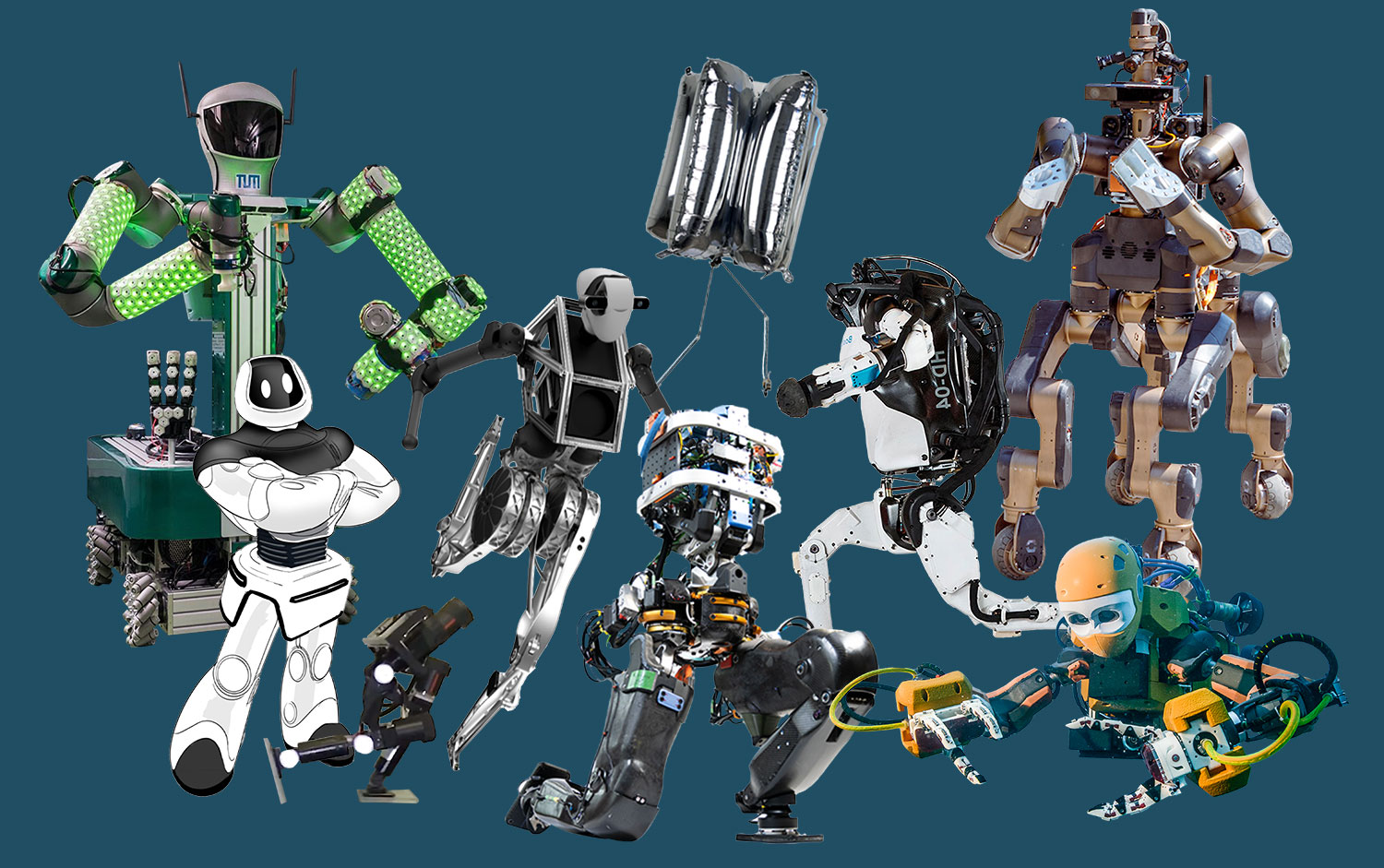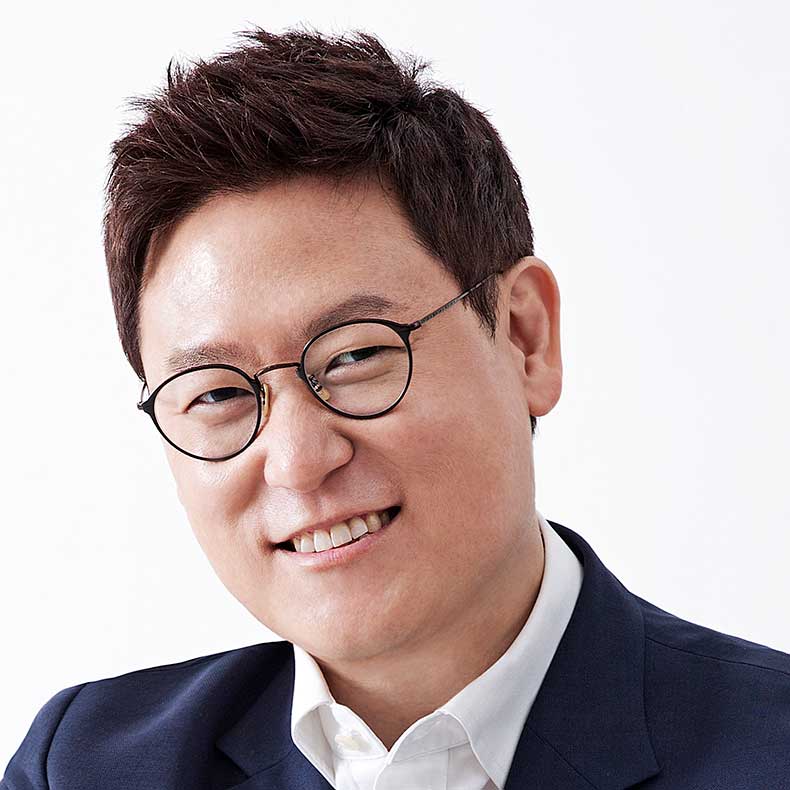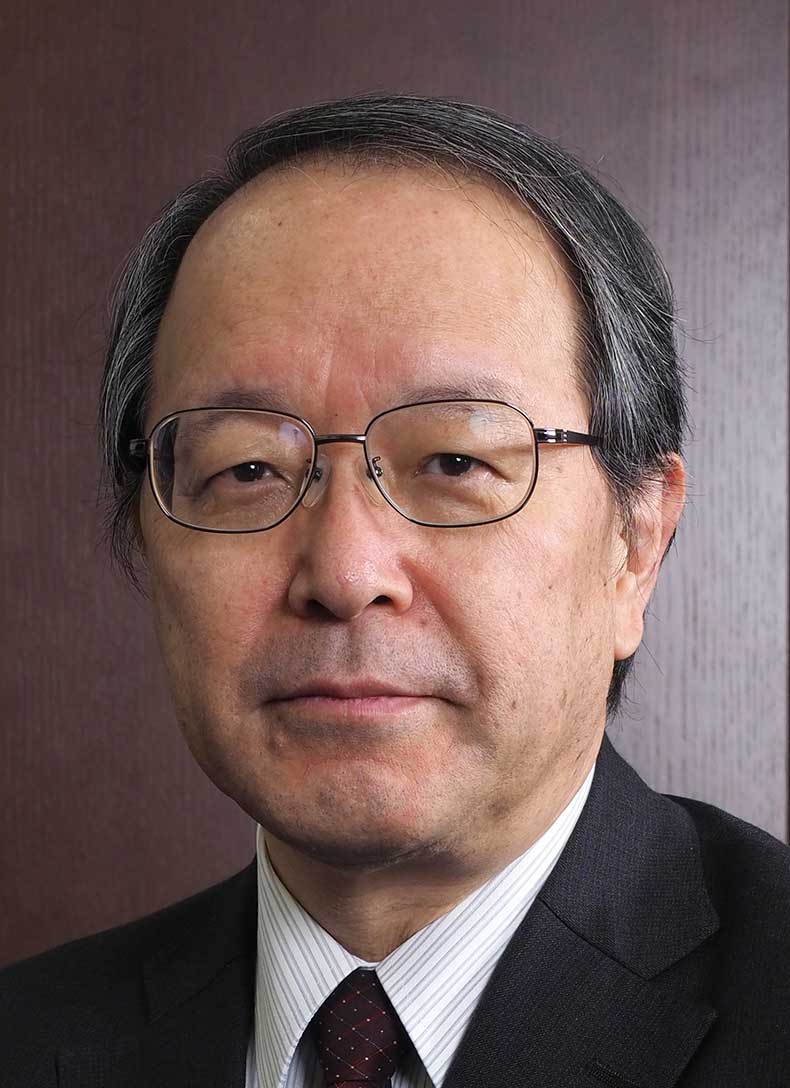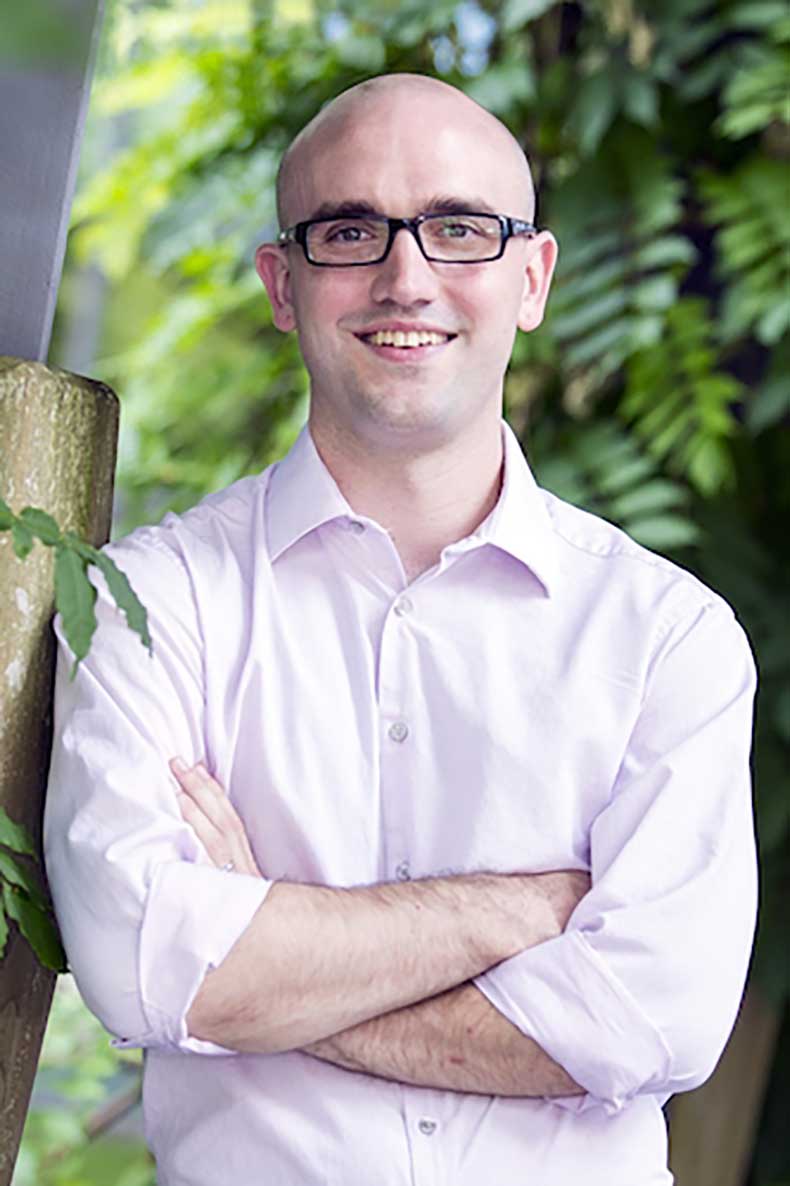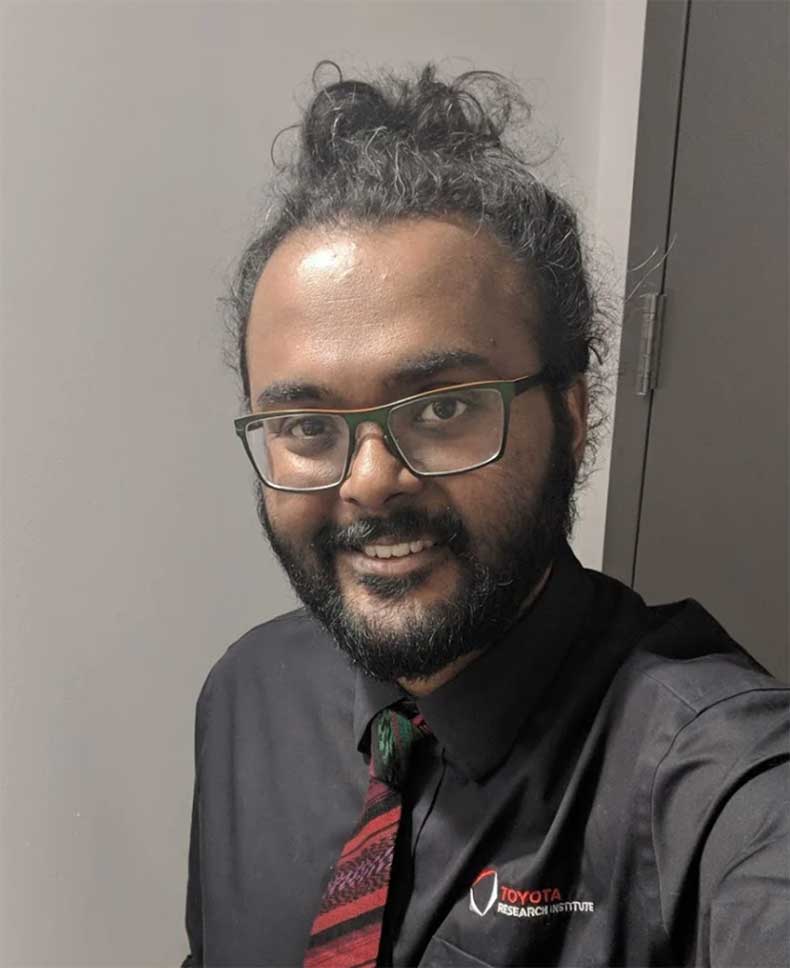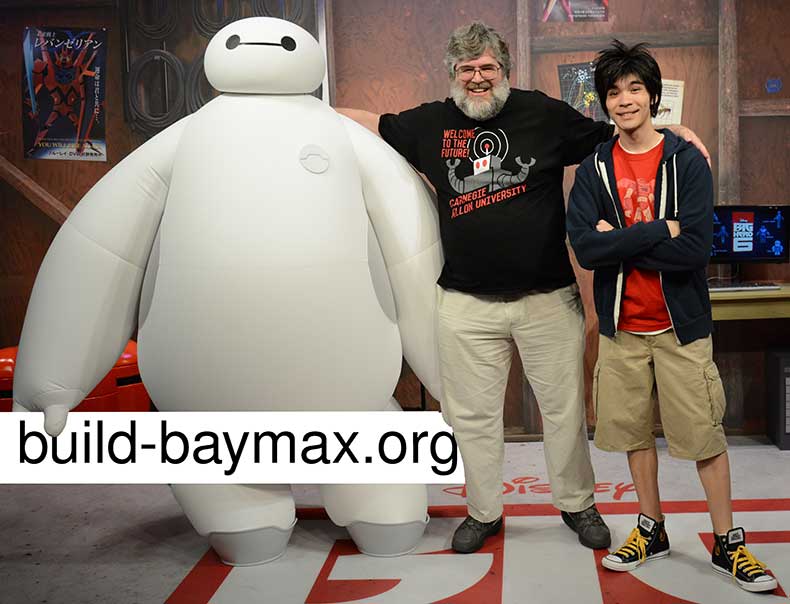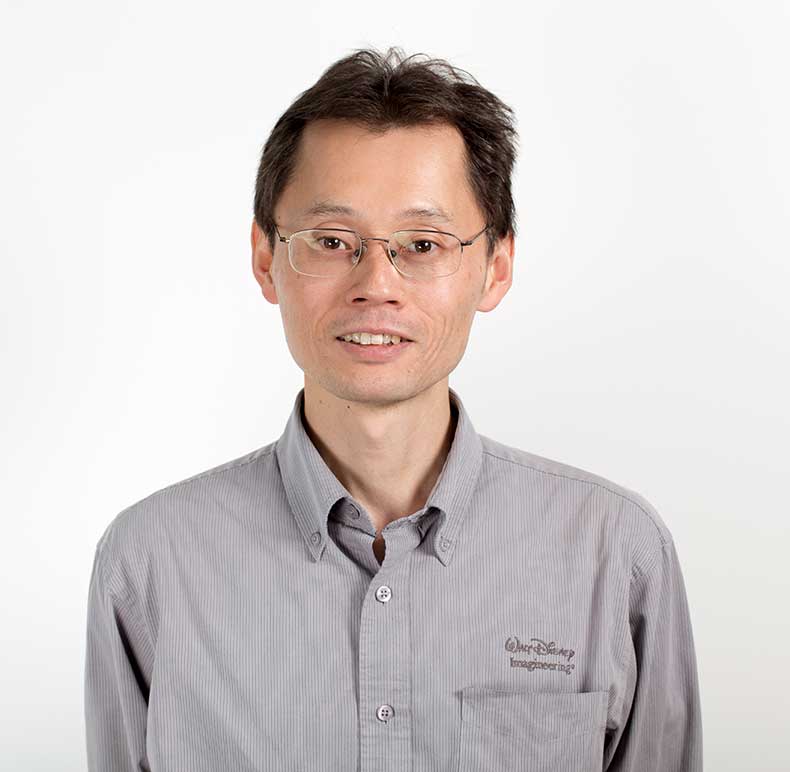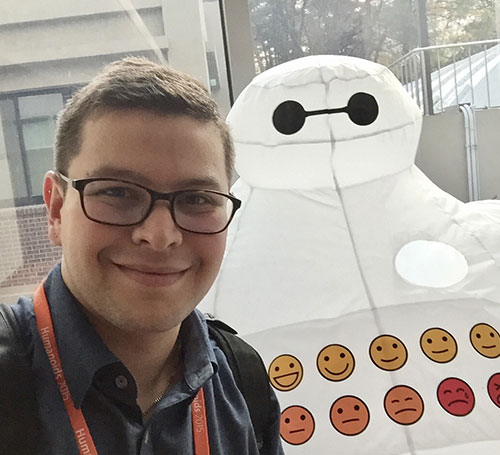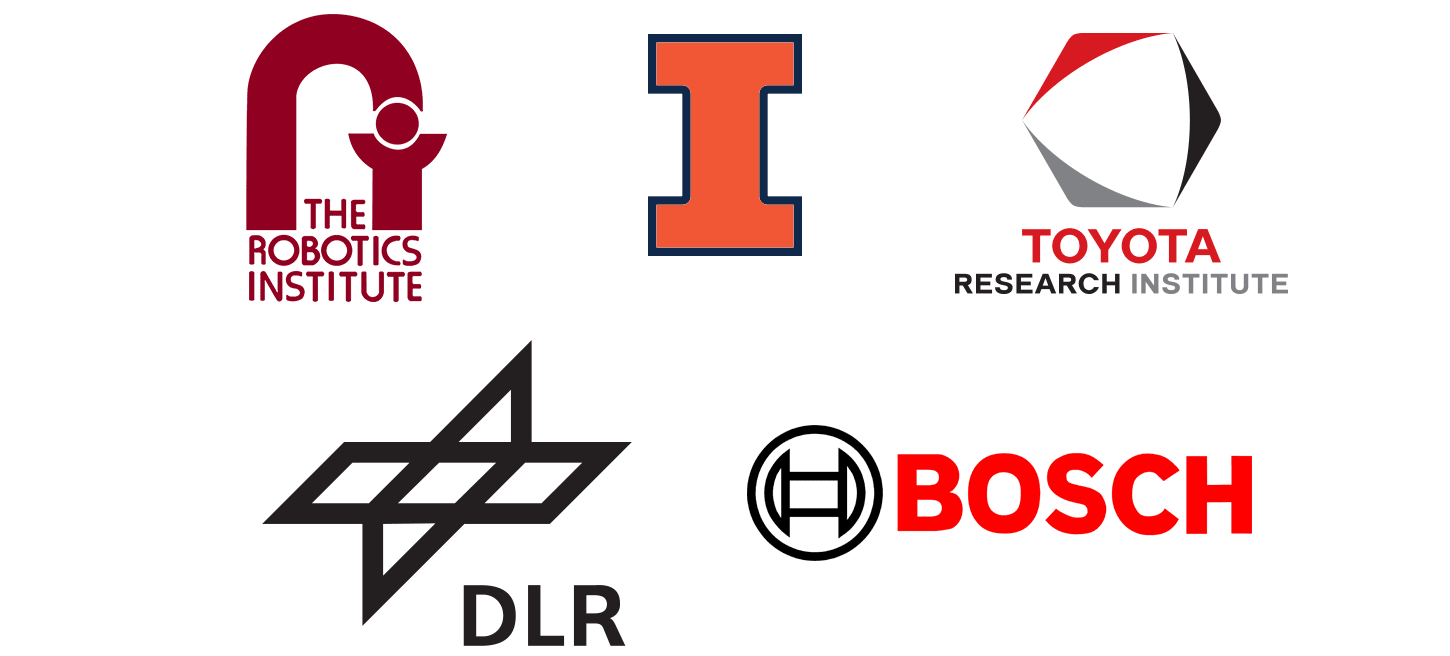High-speed vision or high-speed image processing can be implemented by using parallel processing vision chips and opens new applications in robotics and related research fields. We developed a pixel-wise fully parallel processing vision chip and a stacked CMOS vision chip which has a layer of a high-speed CMOS imager and a layer of a column parallel processing element array (1,304 PEs). Those chips can carry out high-speed image processing at 1,000 fps with low latency in the chips.
As the video rate is not enough for controlling dynamics of intelligent robots, such high-speed vision is a key technology for realizing high-speed and low latency intelligent robots based on visual feedback.
In this talk, high-speed vision devices and systems, hierarchical parallel processing architecture for intelligent robots, high-speed robots controlled by high-speed vision such as throwing and batting robots, a dexterous hand, a bipedal running robot, and game playing robots will be shown. In addition, demonstrations of dynamic projection mapping will be shown as examples of interactive reality with robots.

